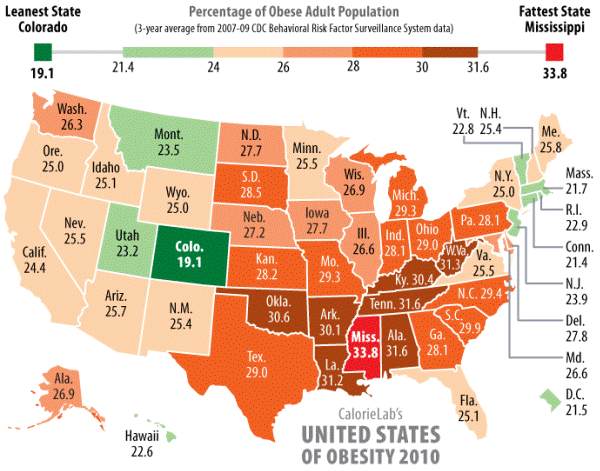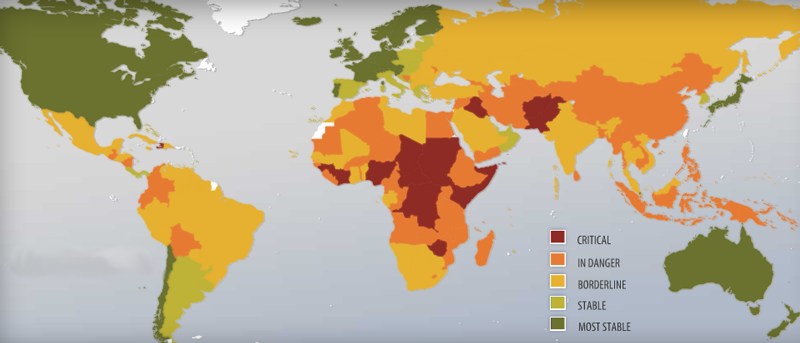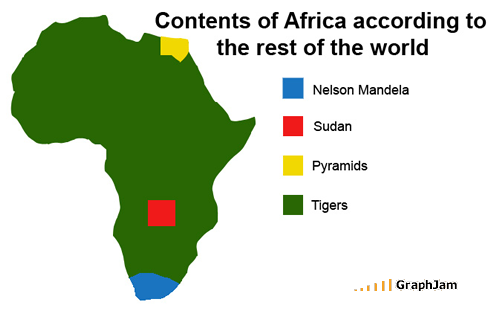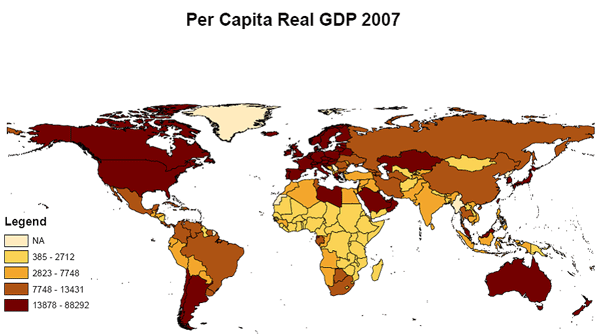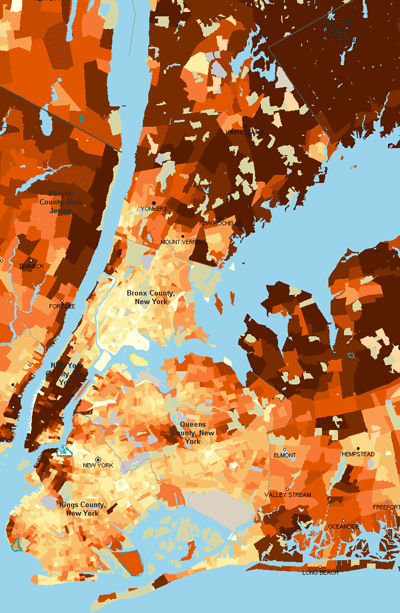One week. Two development summits. Hundreds of heads of state, development luminaries, CEOs, and social entrepreneurs. Celebrity star power. No poor people. Aid Watch spent three days trying to make sense of the greatest show on earth to help the world’s lowest.
TUESDAY
0930 hrs: I am crammed into a press box at the back of the world’s most glamorous development meeting, craning over the photographers to catch a glimpse of this year’s distinguished guests as they file into the room. At last, the charismatic master of ceremonies takes the stage, and the annual Bill Clinton Admiration Clinton Global Initiative comes to life. The meeting is to match people with big ideas with people with big money, and the pace of networking is furious.
1230 hrs: USAID administrator Raj Shah speaks at a CGI lunch on the topic of agriculture. While the Green Revolution saved hundreds of millions of lives in Asia, it never spread to Africa because aid agencies “actually just failed to try.” That doesn’t square with the World Bank’s finding that “Much energy has also been wasted in trying to replicate Asia’s Green Revolution model in Africa….”
1330 hrs: Introducing another “new” solution to world poverty, Hillary Clinton announced a $60 public-private partnership to replace dirty cooking stoves that spew toxic smoke with healthier, environmentally-responsible ones. (Read Alanna’s ideas on what this initiative will need to do differently to succeed where many previous efforts have failed, and these reflections from experience in India and rural Africa.)
1700 hrs: The best debate of the day is between Mohammed Yunus, who asks that the term microcredit not be used for firms that loan for profit, and Vikram Akula, of SKS Microfinance, who thinks only a commercial model can reach all the people who need and deserve loans, through access to capital markets. Here’s a summary from Forbes.
1830 hrs: My first “Tweetup,” at a bar in midtown, is much more fun than I anticipated. Lots of bloggers, aid workers, entrepreneurs and students whom I knew only by their Twitter handle now have faces and voices.
The best summary post of the day comes from Laura Seay, aka Texas in Africa, who articulates the uncomfortable sense that something essential is missing from these meetings:
… the presence of the poor is limited to pictures in slide shows while wealthy people hobnob over cocktails and abundant buffets. Am I the only one who would rather hear about what life as a poor woman in Ethiopia is like from an actual poor Ethiopian woman?
WEDNESDAY
0900 hrs: The “UN Digital Media Lounge” is where they keep the bloggers who couldn’t get real press credentials to attend the UN summit. There’s wifi, coffee and bagels, but at 47 blocks north of the actual UN building it feels a bit removed from the MDG summit. All day, different heads of state are speaking at the UN on “integrated and coordinated implementation of and follow-up to the outcomes of the major United Nations conferences and summits in the economic, social and related fields; and follow-up to the outcome of the Millennium Summit: draft resolution.” Some of these are broadcast on the screen at the lounge; I browse though others on the UN live feed site.
1430 hrs: The most hyped event of the day is the launch of a new global health strategy for child and maternal health, “Every Woman, Every Child.” Secretary General Ban Ki-Moon promised a “clear road map for making a fundamental difference in millions of lives.” Then he opened the floor to two-minute speeches from practically everybody in the room: poor countries, rich countries, foundations, corporations, NGOs, all making promises and pledges, which the UN announced amounted to “over $40 billion in resources for women and children’s health.”
Oxfam UK questions whether the funds pledged for women and children are actually additional funds or just “promises with a seemingly big price tag in a new shiny UN wrapper.”
1700 hrs: Meeting fatigue is setting in. Since I’m not invited to the MDG Gala, where attendees will celebrate pledges to fight poverty in New York’s swankiest Plaza Hotel, I’m grabbing a beer, going home, and watching President Obama’s speech from the comfort of my couch.
…Wait a minute, did President Obama really just admit the US approach to food aid is creating dependence, not development, and that our aid policies have focused on short term gains at the expense of sustainable development? Did he just become the world’s latest aid skeptic? Did he just pledge to be guided by evidence, “to invest in programs that work, and end those that don’t”? Judging from immediate reactions, people watching are starting to get that some of that old “Yes, we can” feeling.
THURSDAY
1045 hrs: It’s Raj Shah again, stopping by the UN Digital Media Lounge. Wow, did you know he’s only 37 years old, a medical doctor with a degree in health economics? The guy is impressive. But he doesn’t address the most obvious follow-up question to Obama’s speech last night: What happens next so that Obama’s hopey-changey speech gets translated into actual change in our 50-year-old aid legislation and at USAID and the 25 other government agencies involved in US foreign assistance? Will development really be elevated on par with diplomacy and defense when the White House’s new policy says that Shah will report to the Secretary of State, and will have a seat on the National Security Council only “as appropriate”?
1400 hrs: And, we’re back at CGI for a special panel on Haiti’s reconstruction. Uh-oh, is Haiti’s President René Préval really inviting Wyclef Jean on stage? President Clinton talks investment climate with the CEO of Royal Caribbean, the cruise line that brought in more than half of Haiti’s tourists last year. He describes a Coca-Cola/IDB/TechnoServe project sourcing Haitian mangos for a new Odwalla mango-lime juice, and speaks movingly about the resilience of the Haitian people.
Coca-Cola is everywhere this week, in the speeches of Melinda Gates, Raj Shah, in multiple panels at CGI. The prominence of corporations in this week’s events led to at least one wry comment about “saving the world with high-fructose corn syrup” and an observation that we’re hearing “more and more about mutual benefit and less about the moral requirement to help those in need.”
Given the overlap in timing, topics and headline speakers (Hillary Clinton, Mohammed Yunus, Ellen Johnson-Sirleaf, Melinda Gates and Pres Obama all spoke at both events), comparisons between the two events are inevitable, with one journalist suggesting the CGI could be “the new UN.” It does have far better production values, better food, and better (though still spotty) press access. Come to think of it, Bill Clinton would make a bit more inspirational SecGen than the mild-mannered one we have now. But let’s not forget that CGI members fork out $20,000 per year for the privilege to attend what is still, despite the roster of impressive accomplishments, a club for very privileged people.
1730 hrs: The leaders of the MDG summit have issued their “outcome document,” whose long stretches free of content, by custom, were agreed upon before the delegates even arrived:
We underscore the continued relevance of the outcomes of all major United Nations conferences and summits in the economic, social and related fields and the commitments contained therein, including the Millennium Development Goals….We strongly reiterate our determination to ensure the timely and full implementation of these outcomes and commitments.
Clinton is creating more of a pulse closing his show, which I’m watching from the press pen since they couldn’t fit half the press people into the mobbed closing session. Looking out at the audience (Oh my God that’s Mick Jagger!), Clinton quips that while “politics is show business for ugly people,” work in the non-governmental sector is “show businesses for nerds.” For this week, at least, he’s right, it’s been quite a spectacle. Thank goodness there’s 12 months until the next one.

 Down 7th Avenue to Irving Farm (Go Rwanda!). {Full disclosure: I have a personal connection to Irving, but they're great anyway.} On to Third Rail, rated the best coffee in Manhattan by somebody, and also selling killer Yirgacheffe from the birthplace of coffee. And no, they don't have a bathroom -- this is Manhattan, you can pee when you get back to Iowa.
Down 7th Avenue to Irving Farm (Go Rwanda!). {Full disclosure: I have a personal connection to Irving, but they're great anyway.} On to Third Rail, rated the best coffee in Manhattan by somebody, and also selling killer Yirgacheffe from the birthplace of coffee. And no, they don't have a bathroom -- this is Manhattan, you can pee when you get back to Iowa.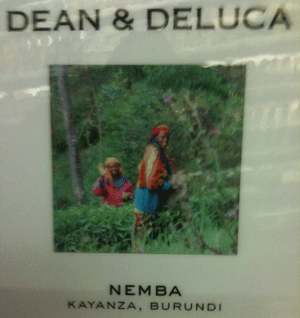 Now that you've drunk enough coffee, reach with your shaking hands for your Gold Card to buy yet more coffee beans. Whole Foods, Dean and Deluca, and even Murray's Cheese Shop sell Fair Trade, which is almost as good as Unfair Trade for transferring income from rich NYC to Kayanza, Burundi.
Now that you've drunk enough coffee, reach with your shaking hands for your Gold Card to buy yet more coffee beans. Whole Foods, Dean and Deluca, and even Murray's Cheese Shop sell Fair Trade, which is almost as good as Unfair Trade for transferring income from rich NYC to Kayanza, Burundi. From Aid to Equality
From Aid to Equality









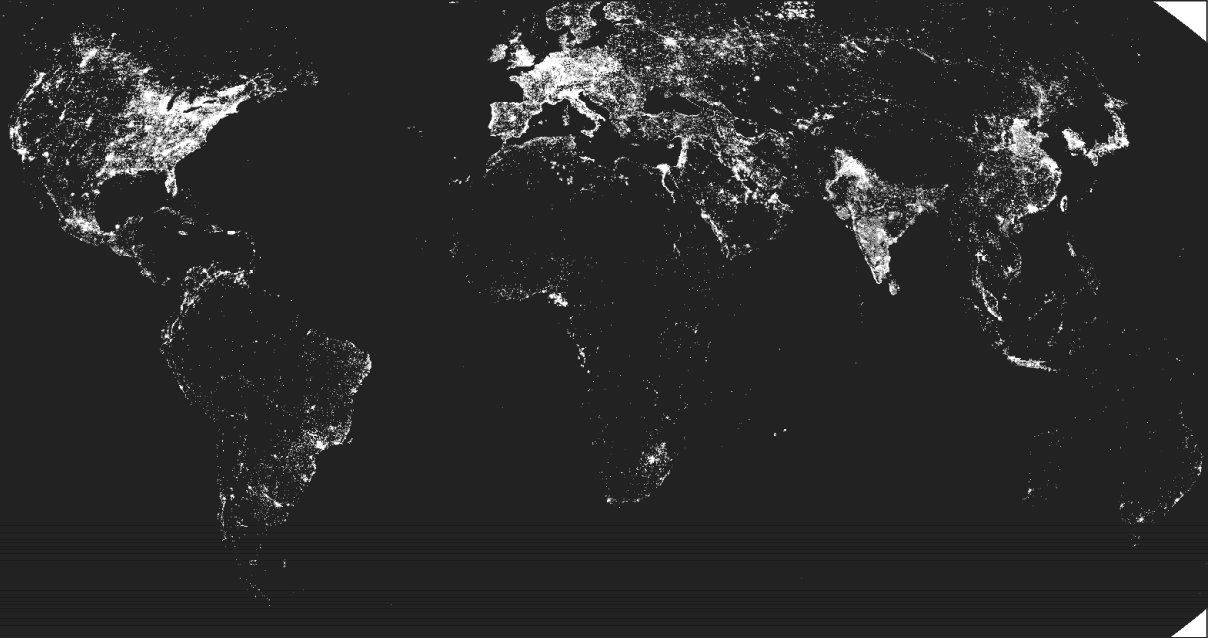
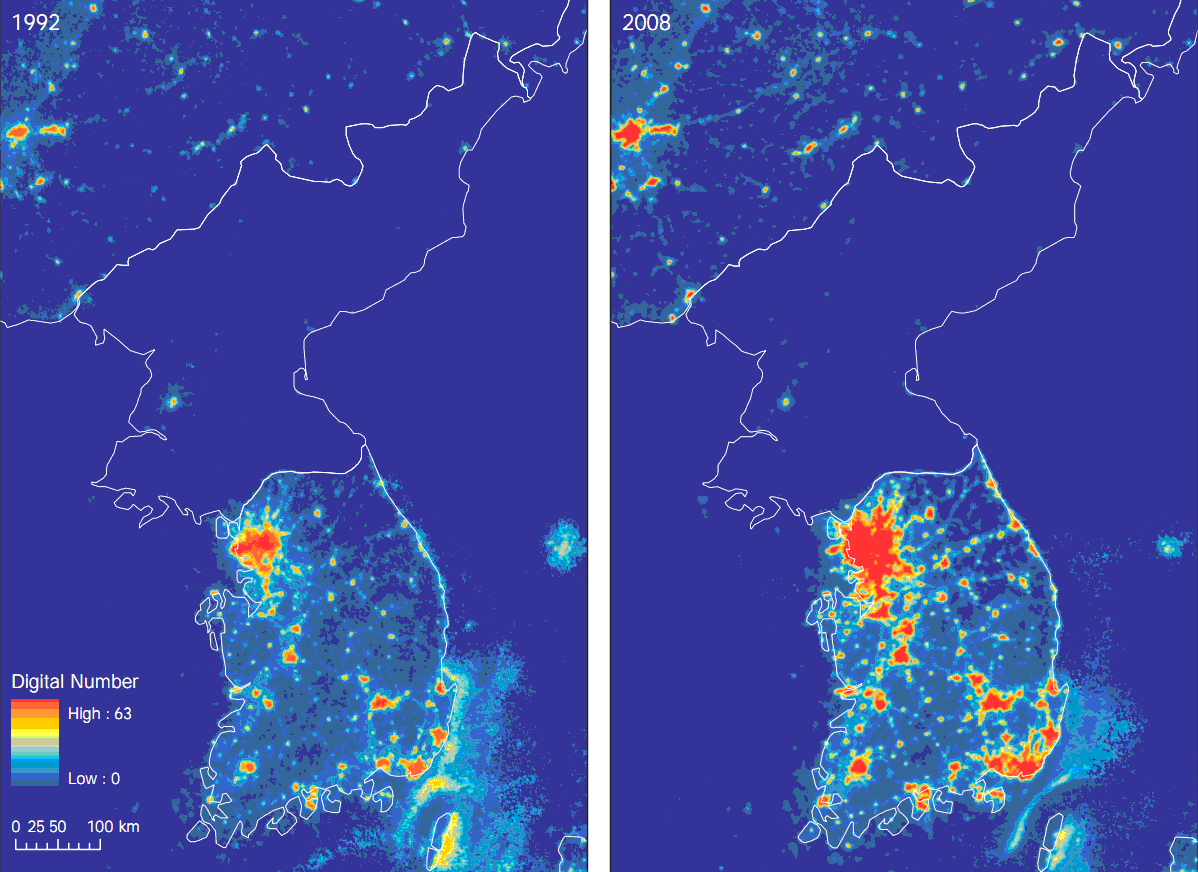

 Story in today's NYT
Story in today's NYT